It’s no stretch to say that Resident Evil is videogaming’s most iconic and influential horror series. What started with humble beginnings on the PlayStation 1 in 1996 (“Jill sandwich”, anyone?) has evolved and morphed like many of the series’ grotesque enemies into a beast that has become a momentous cultural phenomenon. Boasting an extensive library of 27 separate videogames, eight main titles, numerous films (both live-action and animated), and now an upcoming Netflix TV series, Resident Evil is Capcom’s best-selling franchise and has been hugely influential in popular culture.
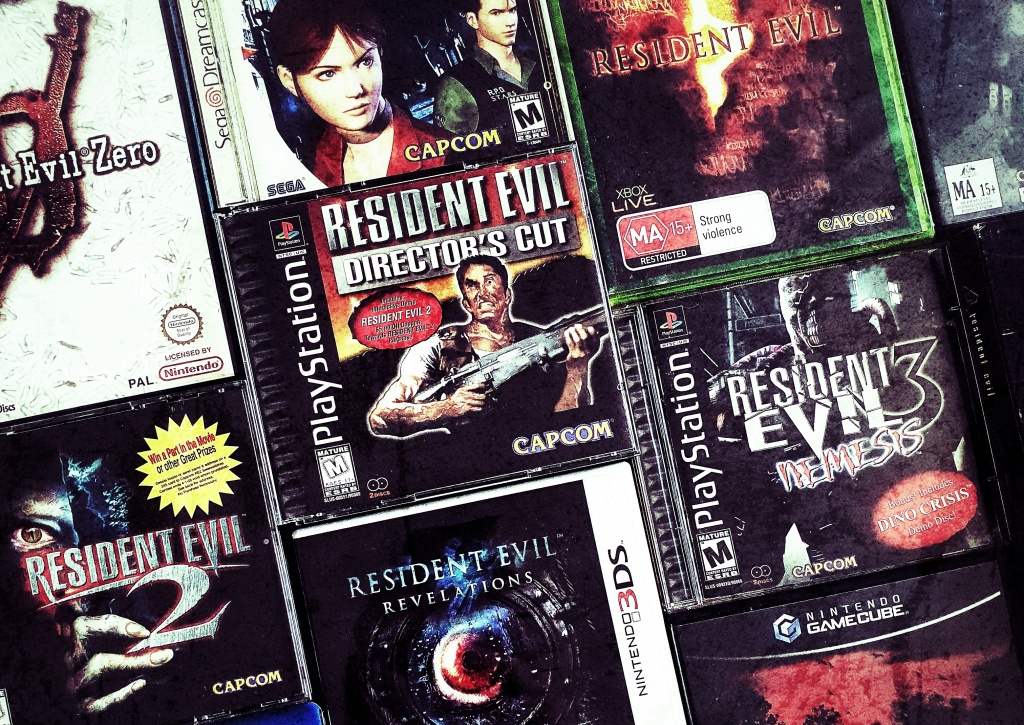
The original game, set in the eerie Spencer Mansion, introduced the enigmatic characters, Chris Redfield and Jill Valentine, and almost single-handedly created the genre for which the series is now so well-known: “Survival Horror”. Having been over 25 years since the launch of the inaugural title, it’s no surprise that the gameplay has needed to change and adapt significantly. Fixed camera angles soon became outdated, and as of Resident Evil 4 the player was given complete control over the camera and would play through an over-the-shoulder third person view. This style of gameplay became a series staple for many years.

Fans were polarised upon the release of Resident Evil 7: Biohazard, which saw another dramatic shift in gameplay to a more immersive first-person perspective. This was the first main Resident Evil title to be experienced entirely from the view of the main character, Ethan Winters, which allowed the player to become completely absorbed, especially when playing in virtual reality.
Four years since the launch of RE7, we once again step back into the shoes of our ever unfortunate protagonist, as the franchise slowly shuffles away from its zombified roots and instead takes a bounding leap into the realm of vampires, lycans, and dark, grim fantasy in its newest entry: Resident Evil Village.
Plot
Set three years after the terrifying events of the Baker Mansion in Resident Evil 7, the incredibly-unlucky Ethan Winters is happily settling down to live out a quiet life in his gorgeous house nestled in the mountains of Europe. Having rescued the love of his life, Mia Winters, years prior from the clutches of a deadly mutagen, Ethan can finally enjoy a moment of peace with his infant daughter, Rosemary.
…or so he thought.
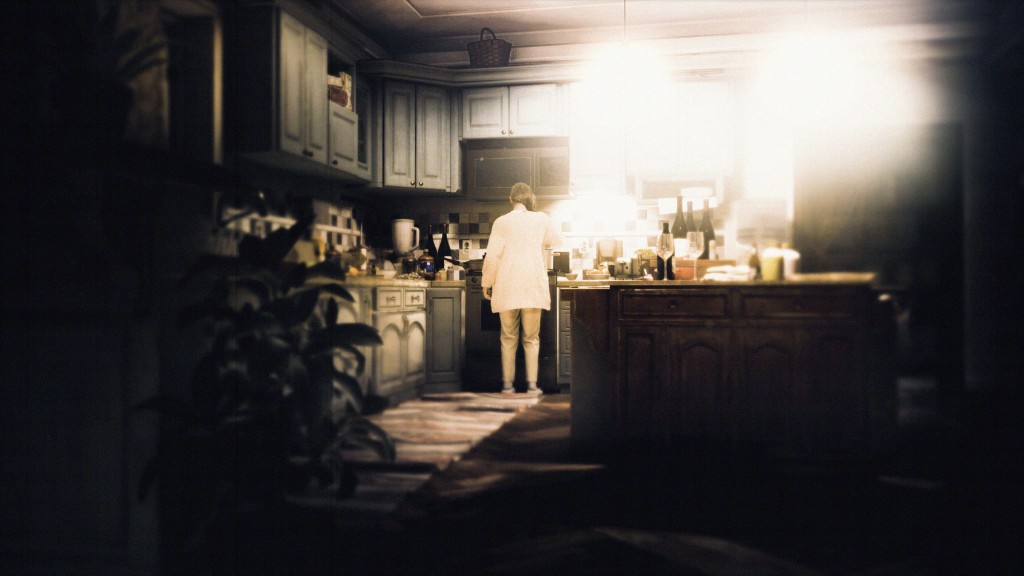
During a dramatic turn of events, Ethan’s life is ruined in mere moments and he finds himself abandoned on the outskirts of a mysterious village. Much to his dismay, there’s no Professor Layton to help him in this curious village. Despite the occasional puzzle, it is mostly “filled with blood and death” as one of the NPCs so appropriately describes it. In a state of disarray and dilapidation, this once humble hamlet is now overrun by hordes of lycans and horrific creatures thanks to a most mysterious figurehead whose name is whispered by each of the residents: Mother Miranda.
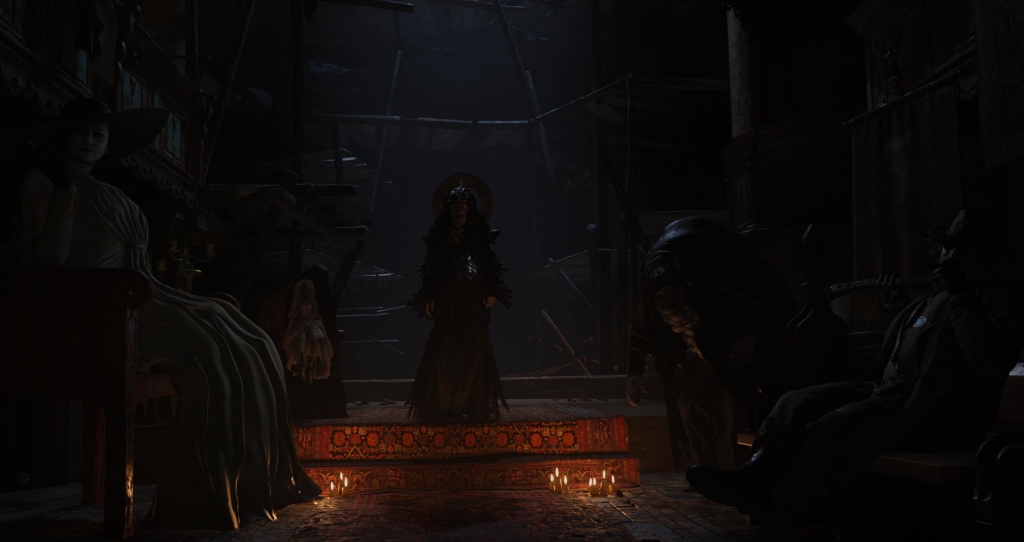
Ethan’s only hope in recovering that which he lost is to delve deep into the village, confront the terrors within, and unravel the macabre mysteries behind the mysterious Mother Miranda and her subordinates.
Gameplay
Fans of any previous Resident Evil game are likely to be thrilled with the gameplay offered in Village, as it draws inspiration from some of the series’ most popular titles. As a direct continuation, the base gameplay is most similar to that of Resident Evil 7. Through the eyes of Ethan Winters, you’ll once again be thrust into horrific locales and fend for your life in tense situations that will often require you to think on your feet.
The pacing of the game changes dramatically with each hour of gameplay – initial areas are slow-paced and allow exploration, while others will halt you and require you to stop and solve a puzzle in order to advance. In complete juxtaposition there are certain segments that quickly become frantic, involving swarms of enemies, where a split second could be the difference between Ethan’s life and death. Combat in these situations is often quite fast-paced, and the game provides an array of weapons at Ethan’s disposal to defend against the vast horrors he encounters. While the standard enemies are easily dispatched, boss fights become bullet sponges that will require you to use all weapons at your disposal.
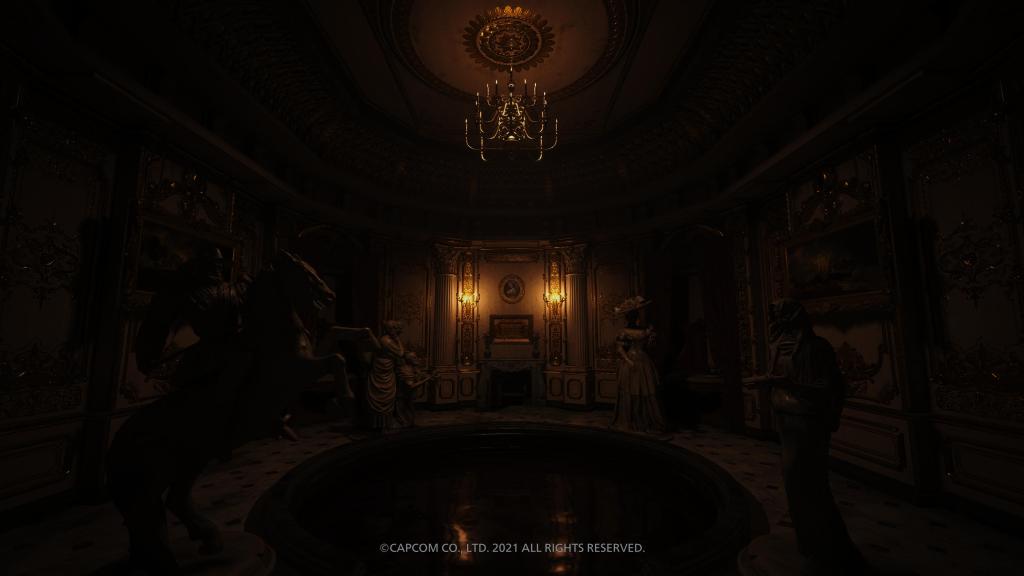
Those who have played Resident Evil 4 (my personal favourite of the series), will be able to make some clear connections to Leon S. Kennedy’s romp through another unwelcoming village. Exploration has a feeling much like RE4, with detailed maps, sprawling village areas, secret passageways, and shortcuts scattered throughout. You’ll also need to obtain and combine key items in order to progress, many of which give off a distinct RE4 vibe and are stored in an inventory not dissimilar to the Attache Case. Enemies regularly drop items which can be collected and sold to The Duke, who is essentially Village’s version of the mysterious Merchant. By visiting The Duke’s establishment, you’ll be able to exchange currency for weapon attachments, ammunition or items that can be used during combat. The game also includes a weapon upgrade system almost identical to that of RE4.
There is plenty to be “enjoyed” with respect to the gameplay of Resident Evil Village, and I found myself most immersed when exploring the game’s narrow hallways, cramped caves, or derelict ruins. Though it does not manage to achieve the same degree of terror as Resident Evil 7 (which was truly frightening, especially when played in VR), these situations create an incredible atmosphere that will not necessarily frighten, but instead immerse the player in the game’s gripping setting.
Visuals
If the devils in the detail, as the old adage goes, then Village is truly demonic. Graphical finesse in Village far surpasses any previous game in the series and is one of the most breath-taking games available for the current console generation. When played on a large 4K screen in a dark setting, your eyes will sometimes deceive you with environmental graphics that appear close to photorealism.
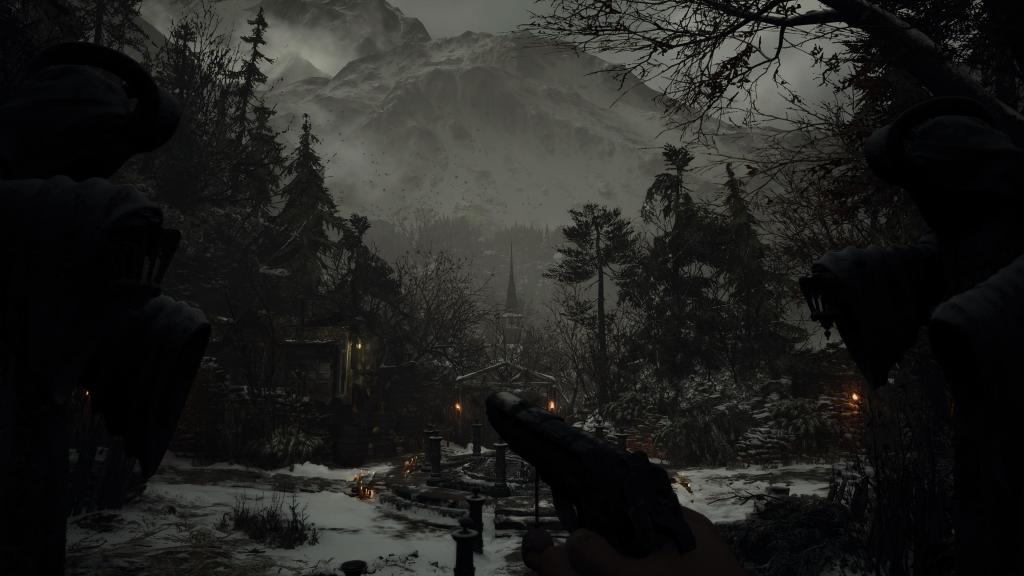
Gorgeous, intricate, gothic architecture like that of Castle Dimitrescu is a sight to behold, and offers stunning sights that will have most players pausing to appreciate the extensive detail. At times I had to remind myself I was actually playing a Resident Evil game and not something along the lines of Bloodborne, as you’d easily be mistaken from some of the screenshots below.
While you’ll have plenty of time to appreciate the detailed environments, it’s in the games most fast-paced, intense moments that you gain brief glimpses into the horrific, grotesque enemies who reside within the village. In a series that once had such a focus on zombies, enemy designs now instead seem to draw heavily upon fantasy, as if inspired by some sort of R-rated Brothers Grimm adaptation. You’ll encounter unfathomable abominations, swift and relentless lycans, and of course, Vampiresses whose thirst for Ethan’s delicious man-blood is unquenchable.
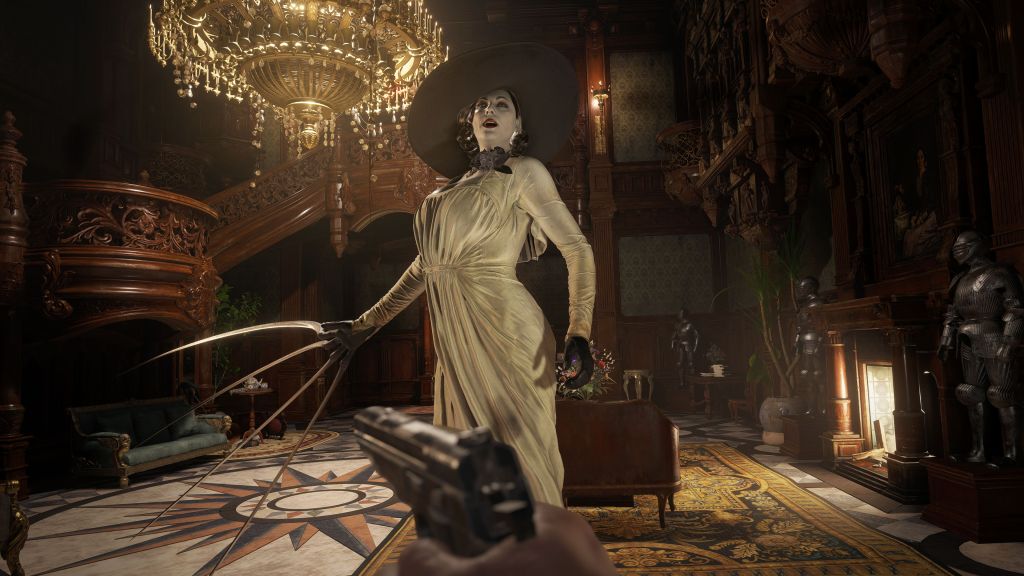
Audio
With sound design as detailed as its graphics, Resident Evil Village manages to replicate realistic 3D audio and attention-to-detail that will truly engross when experienced with a quality headset. At times I found myself having to guess whether a sound had occurred in the game or in real life. Eerie ambience will have you on the edge of your seat, minute audio details like creaking floorboards or a curtain flapping in the distance will alert you to threats that would be otherwise missed by your vision. This helps significantly when trying to avoid combat, as not only will the audio help the player determine the direction of an enemy, but subtle changes to sound will also help gauge distance.
A vital element of the game’s audio is in the form of voice acting, particularly from Todd Soley, who plays the voice of Ethan. Cries of agony and anguish are almost 100% believable and at times had me wincing and needing to avert my eyes during particularly confronting scenes. Ethan’s pleading for mercy or panicked screams are a brilliant and disturbing voice acting performance that undoubtedly deepens the level of horror. This is unfortunately contrasted with some of the game’s villains who have exaggerated or whacky voices, which become more comedic than horrific.
Extras
Now it wouldn’t be a Resident Evil game without some added bonuses, right?
Shooting galleries? Easter eggs? Boulder-punching competitions?
Thankfully Village provides multiple incentives to keep playing both before and after the credits roll. Throughout the game you’ll be tasked with additional optional challenges to complete, some of which will aid Ethan’s plight significantly. Much like past RE games, there are hidden breakable objects scattered throughout the village in the form of wooden “Goats of Warding” (much like the Mr Everywhere bobbleheads or Mr Raccoon toys). Additionally you’ll be able to take advantage of the game’s photo mode, which can be used at any time to pause and take in your surroundings (even if at times you’d rather not).
The strangest addition comes in the form of four “Labyrinths” to complete throughout the game – these are intricate scale-model structures created by an artist that play out like a combination of Monkey Ball and Captain Toad. You’re first tasked with finding a steel ball hidden somewhere in the village, then upon returning to the Labyrinth you can drop the ball in and guide it through the level. In completing each Labyrinth you’re rewarded with highly valuable items which can be exchanged for some serious coin. Though I can’t help but feel this was a very odd inclusion.
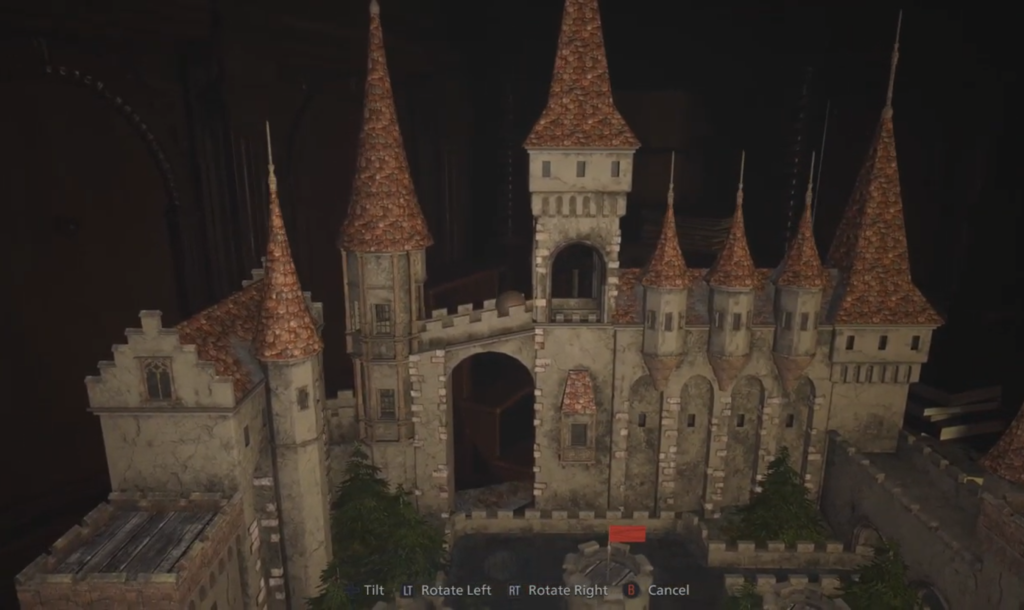
These extras, however, pale in comparison to the most alluring additional content in Village: Mercenaries Mode, which is unlocked after completion of the main game. Initially introduced in Resident Evil 3, Mercenaries plays out like an action/time-attack in which you’re tasked with fending off a set number of enemies within a limited amount of time. Levels reuse familiar locales from the main story scattered with various enemy types, and you’ll be able to accumulate money in order to upgrade your weapons as well as gain perks that will assist in future levels. It’s fun, frantic, arcade-style gameplay that will appeal to series veterans and newcomers alike.

Conclusion
Though less terrifying when compared to its predecessor, and by no means a game that will require a change of pants, Village still offers one of the most gripping, immersive and thrilling experiences in the entire franchise. Intricate level design and captivating audio combined with smooth gameplay and gunplay create an unforgettable survival horror experience. As a direct sequel, fans of RE7 will get the most out of the game’s characters and narrative, though newcomers will easily be able to dive into the horror without feeling too lost.
With approximately 10 – 15 hours required for completion of the story, difficulty levels to suit all players, and enough detail and extra content to keep you engrossed, Resident Evil Village is an impressive foray into the newest generation of consoles and should not be dismissed by series fans or those seeking a thrill.
So, why should you play it?
- You’ve enjoyed the gameplay any of the previous Resident Evil games, particularly 4 and 7.
- Looking for a horror game to play on the newest generation of consoles? Village is the perfect place to start.
- You appreciate high levels of detail and realistic graphics in games.
- Resource management and smooth first-person gunplay appeals to you.
- Fans of dark fantasy will be thrilled by the game’s enemies and bosses.
- Big mommy vampire.
But why shouldn’t you play it?
- Don’t do well with jump scares? Definitely avoid this one.
- Seeking a game to truly traumatise and terrify? Try RE7 in VR instead.
A review code on PlayStation 5 was kindly provided by Capcom Australia for the purpose of this review.
You can read more of our reviews HERE or over over at Gaming News Australia.

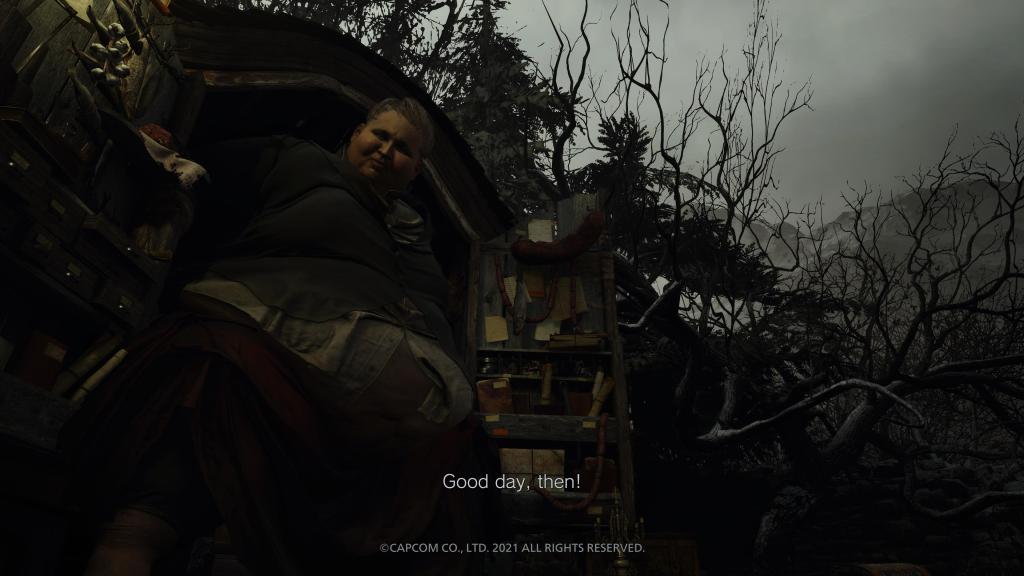
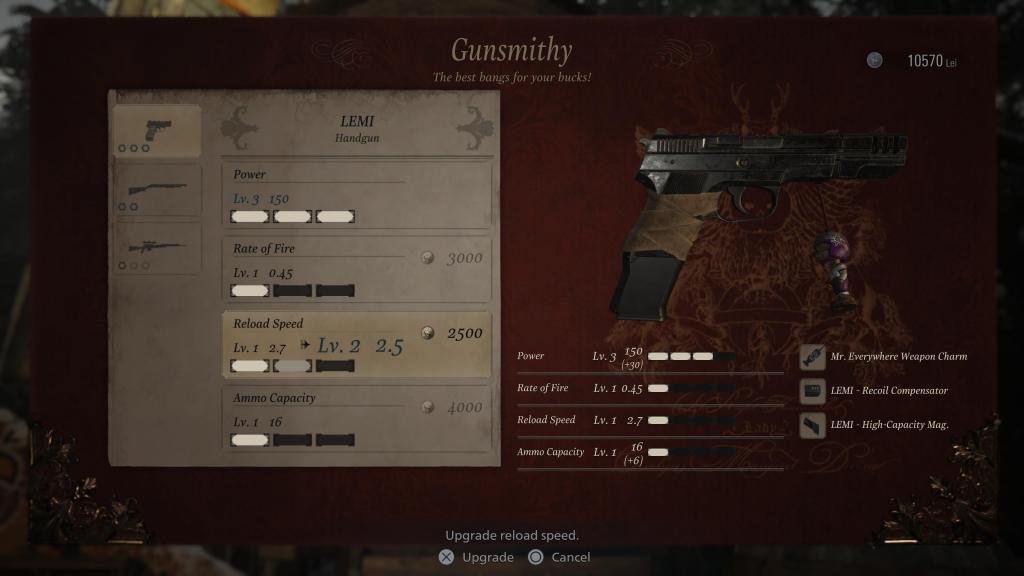

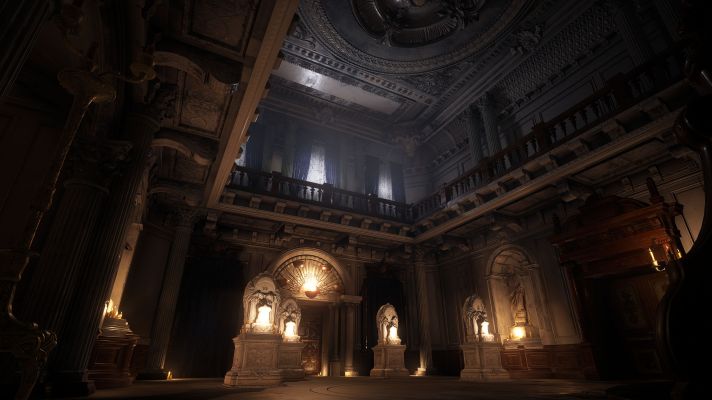
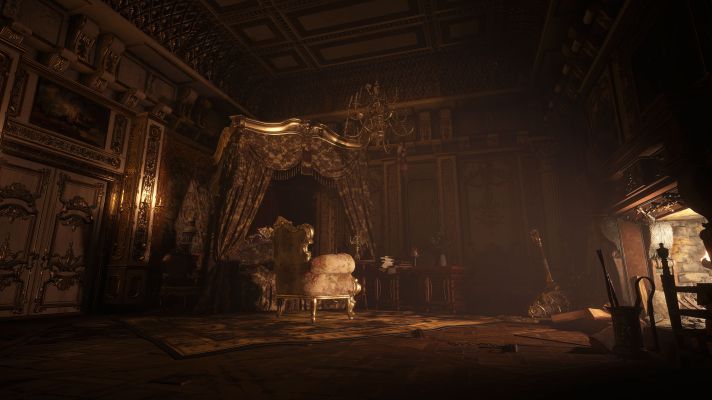




2 comments